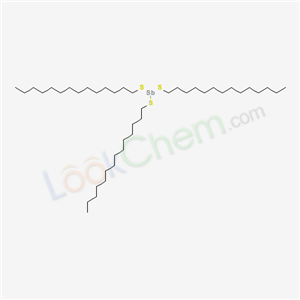10.1246/cl.2007.606
The research discusses a novel cross-coupling reaction involving allylic and benzylic carbonates with organo[2-(hydroxymethyl)phenyl]dimethylsilanes, facilitated by a palladium catalyst without the need for any activator. The purpose of this study was to develop a more stable and non-toxic alternative to conventional cross-coupling reactions for synthesizing 1,4-diene and diarylmethane products, which are common in natural products and pharmaceuticals. The researchers found that a variety of functional groups were tolerated, leading to a diverse range of products with high chemoselectivity. Key chemicals used in the process include organo[2-(hydroxymethyl)phenyl]dimethylsilanes (1), allylic and benzylic carbonates (2 and 5), Pd2(dba)3 as the palladium catalyst, and (2-thienyl)3P as a ligand.




